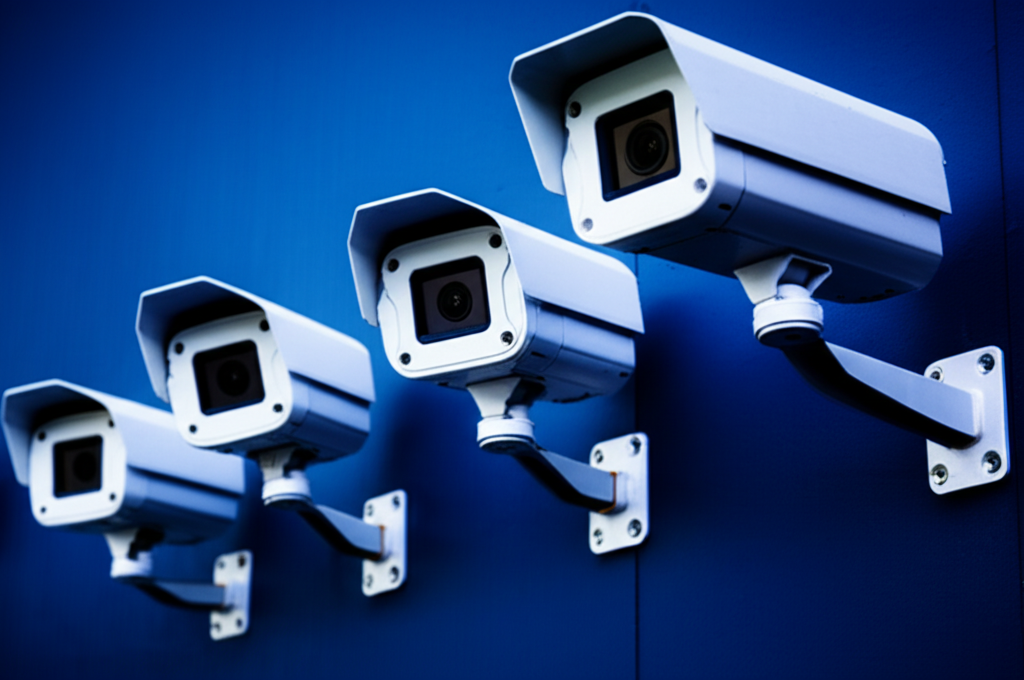Video Compilations in Forensic Analysis
Video compilations play a crucial role in forensic video analysis, serving as powerful tools for presenting evidence in court proceedings and investigative reports.

What Are Video Compilations?
Video compilations are carefully edited sequences that combine multiple video sources, highlight key moments, and present evidence in a clear, chronological format. In forensic analysis, these compilations serve several important purposes:
- Evidence Presentation: Organising multiple video sources into a coherent narrative
- Timeline Reconstruction: Creating chronological sequences of events
- Comparison Analysis: Side-by-side comparisons of different video sources
- Court Presentation: Preparing evidence for legal proceedings
The Forensic Video Compilation Process
Creating effective video compilations requires specialised expertise and adherence to forensic standards:
1. Source Material Analysis
The first step involves thoroughly analysing all available video sources, including:
- CCTV footage from multiple cameras
- Body-worn camera recordings
- Mobile phone videos
- Dashcam footage
- Surveillance system recordings
2. Timeline Synchronisation
All video sources must be synchronised to a common timeline, ensuring accurate chronological presentation of events. This includes:
- Timestamp verification and alignment
- Frame-accurate synchronisation
- Cross-reference with other evidence sources
3. Evidence Selection
Key moments and relevant footage are identified and selected based on:
- Relevance to the case
- Quality and clarity of the footage
- Legal admissibility requirements
- Narrative coherence
Technical Standards in Forensic Compilations
Forensic video compilations must adhere to strict technical standards to ensure their admissibility in court:
Chain of Custody
Every step of the compilation process must be documented to maintain the integrity of the evidence:
- Source file verification
- Processing methodology documentation
- Quality control procedures
- Final output verification
Format Standards
Compilations are typically produced in formats that maintain quality while ensuring compatibility:
- High-definition output formats
- Uncompressed or lossless compression
- Standard frame rates and resolutions
- Compatible with court presentation systems
Types of Video Compilations
Chronological Compilations
These present events in the order they occurred, providing a clear timeline of the incident under investigation.
Comparison Compilations
Side-by-side or split-screen presentations that allow for direct comparison between different video sources or time periods.
Highlight Compilations
Focused presentations that emphasise specific moments or details relevant to the case.
Multi-Camera Compilations
Coordinated presentations from multiple camera angles, providing comprehensive coverage of an event.
Legal Considerations
Video compilations must meet legal standards for admissibility:
- Authenticity: Verification that the compilation accurately represents the original sources
- Reliability: Ensuring the compilation process maintains the integrity of the evidence
- Transparency: Full disclosure of any editing or processing methods used
- Documentation: Comprehensive records of the compilation process
Quality Assurance in Compilation Production
Rigorous quality control measures ensure the reliability of forensic video compilations:
- Multiple review stages by qualified analysts
- Technical verification of output quality
- Cross-checking against original source materials
- Peer review and validation processes
Applications in Different Case Types
Criminal Investigations
Video compilations are essential in criminal cases, providing clear evidence presentation for:
- Assault and violence cases
- Theft and burglary investigations
- Traffic incident reconstruction
- Public order offences
Civil Litigation
In civil cases, compilations help present evidence for:
- Personal injury claims
- Insurance disputes
- Employment tribunal cases
- Property damage claims
Best Practices for Effective Compilations
Clear Narrative Structure
Compilations should tell a coherent story, with logical progression and clear transitions between different video sources.
Appropriate Pacing
The speed and timing of the compilation should allow viewers to absorb the information without feeling rushed or overwhelmed.
Technical Quality
Maintaining high technical standards ensures the compilation is clear and professional:
- Consistent video quality
- Clear audio where relevant
- Professional transitions
- Appropriate use of graphics and annotations
Conclusion
Video compilations are essential tools in forensic video analysis, providing clear, organised presentations of complex evidence. When produced to proper forensic standards, they serve as powerful aids in both investigation and court presentation, helping to clarify events and support legal proceedings.
The expertise required to create effective forensic video compilations combines technical skill with understanding of legal requirements and investigative needs. Professional forensic video analysts ensure that compilations maintain the integrity of the original evidence while presenting it in the most effective manner for their intended purpose.
About the Author
Forensic Video consists of qualified forensic video analysts with extensive experience. Our experts have testified in numerous cases and are committed to maintaining the highest standards of forensic practice.
Share this article
Help others discover this content